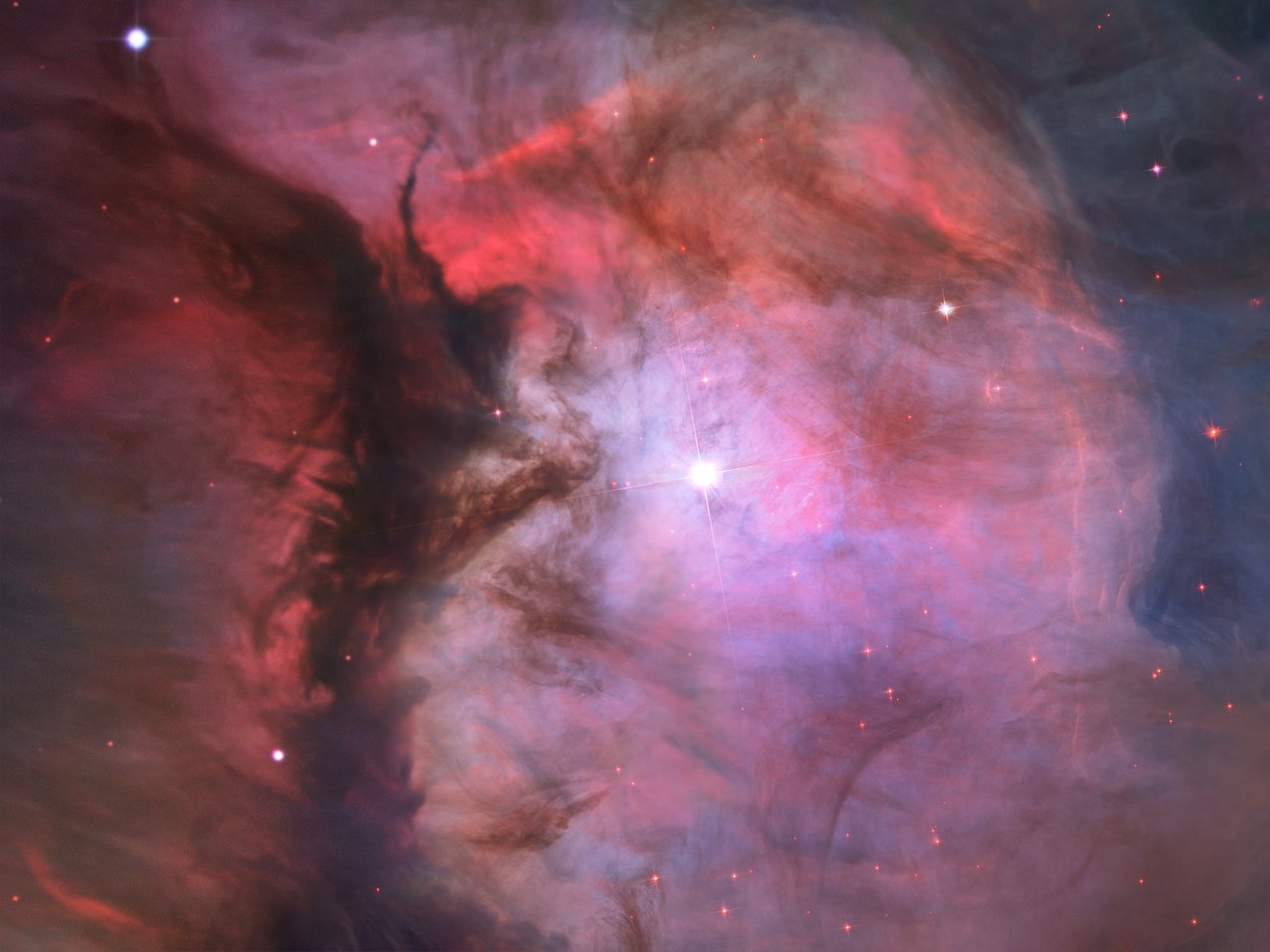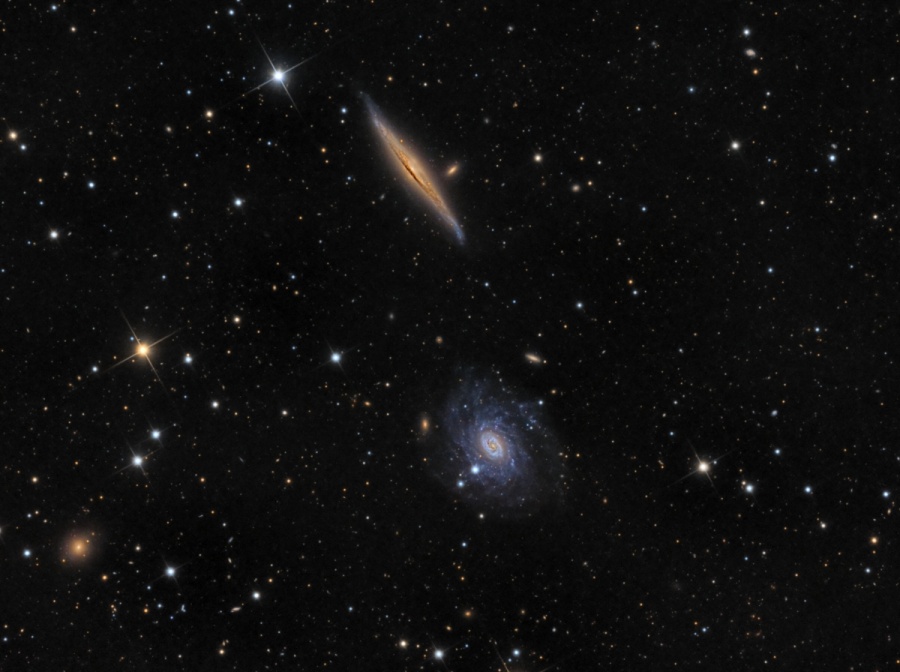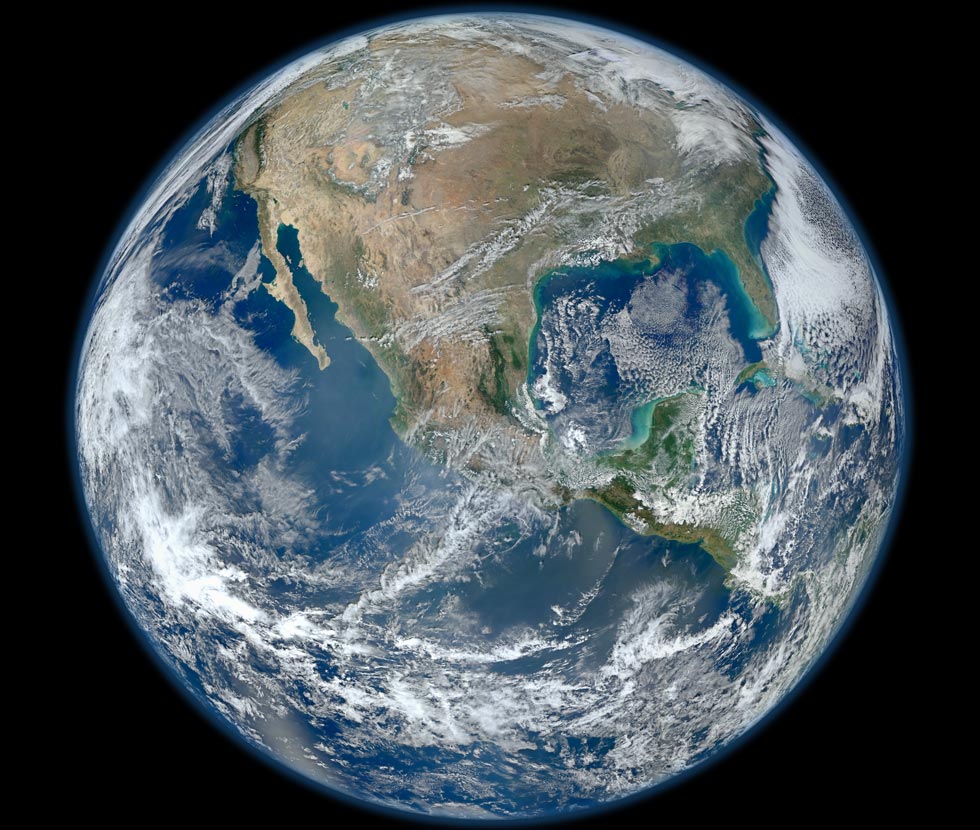
Born on August 1, 1818 in Nantucket , Massachusetts Maria Mitchell was the third out of ten children in a Quaker family. She was mostly self educated except for the short period of time when she attended a school specifically for girls. At age seventeen she opened her own school (basically just a room that she had rented). Shortly after she became a librarian at Nantucket ’s Atheneum Library.
Maria Mitchell most likely developed a passion for astronomy when her father used an observatory to conduct observations for the U.S. Coast Guard. In 1847, she discovered her first comet. Aware of her discovery, Maria’s father informed a Harvard professor of this who then contacted the king of Denmark Denmark American Academy Vassar College , a liberal arts college in New York



